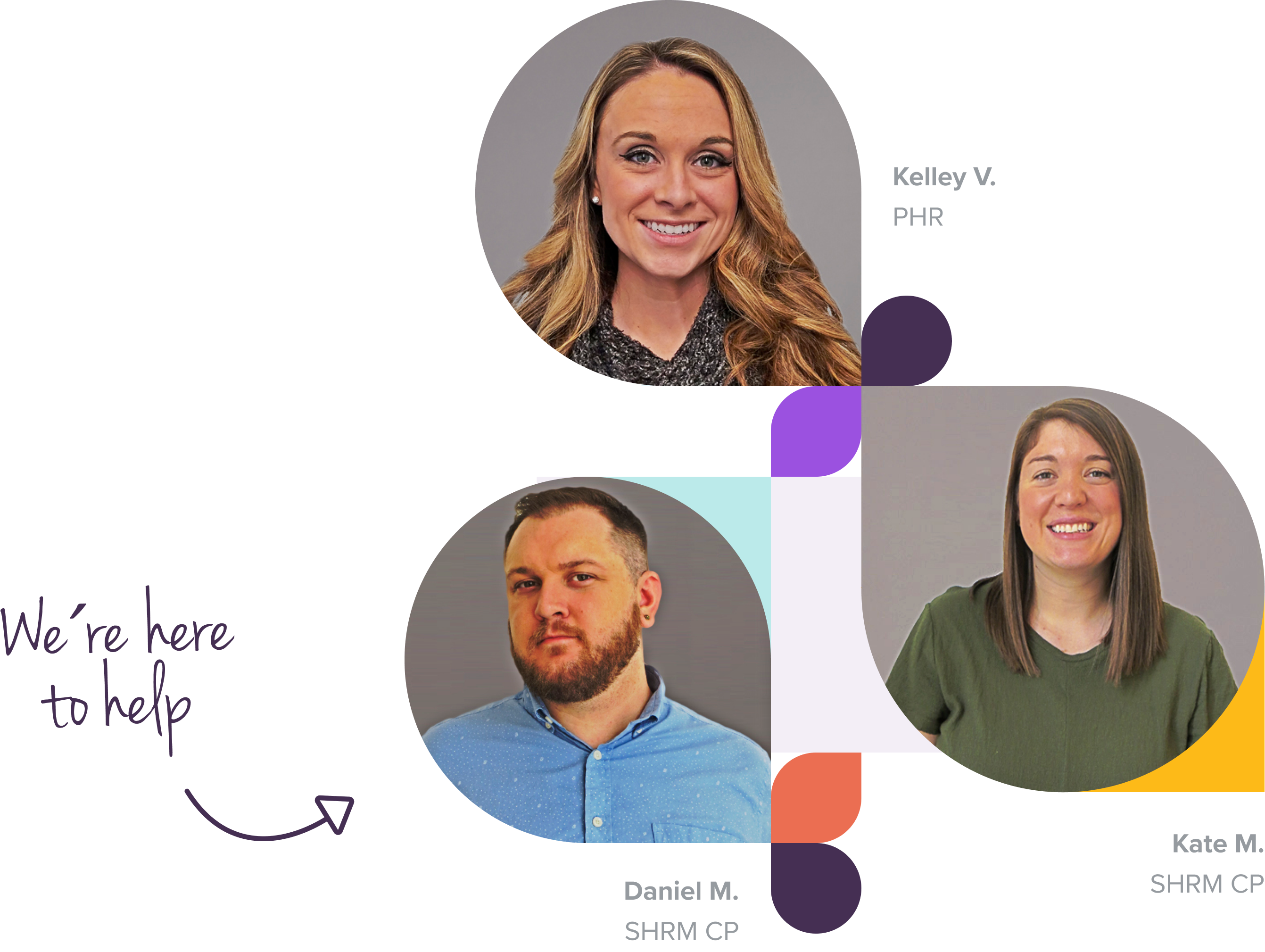Paid sick leave laws: What businesses need to know
- Paid sick leave allows employees to take time off if they are ill and unable to work without having to worry about missing money on their paycheck.
- There are many state laws in place requiring employers to provide sick leave, including California, Colorado, Washington, and more.
- Homebase will track hours worked for your employees so you know how much paid sick leave to provide, and will also allow you to keep a close eye on availability as well as who’s off and when.

What is paid sick leave?
Paid sick leave is time for employees to get out of the office if they are sick and unable to work or need to take care of an individual in their family. There is also paid family and medical leave, which eligible employees take for reasons like bonding with a new child or caring for a family member or domestic partner if another care provider is unavailable.
If you are thinking about providing paid sick leave at your small business for the first time or are curious about how compliant your current plan is, Homebase can help. With HR Pro, you’ll have live access to certified HR experts who can review your existing policies and even help you create new ones.

What are the federal law paid sick leave rules?
Most businesses are currently not permanently required to provide paid leave to employees under federal law. The U.S. Family and Medical Leave Act (FMLA) simply entitles employees who work for a business to take unpaid leave with job protections and continued healthcare coverage for reasons such as to deal with a health condition, to care for a new child, to care for a family member, and more.
The FMLA also allows employees to take intermittent leave and work reduced hours. For example, an employee who typically has 30 hours worked in a week, could potentially only work 20 hours a week on a reduced leave schedule enabled by the FMLA. The employee could use 10 hours per week, which equals one-third of a week of FMLA leave.
The federal Paid Sick Leave Executive Order does require certain types of federally contracted companies to provide up to seven days of paid sick leave to their employees. Learn more about these requirements by visiting the Department of Labor’s page on sick leave.
While the FMLA does not include a paid family and medical leave law or require employers to pay for time off, it does give employees the right to choose if they would like to use their available PTO for part or all of the duration of their leave. And employers can also require their employee to use the accrued time for a portion of the leave.
Some businesses will implement a paid FMLA policy or create separate plans for specific leave types. When creating a PTO plan, make sure you include FMLA time.
If your team needs to take sick leave, Homebase scheduling makes it easy to keep track of availability. You can keep tabs on time-off requests and approvals in the Homebase free online schedule maker, meaning you can make smarter scheduling decisions and respond to your employee’s request sooner rather than later. We’ll even help you prevent time theft like buddy punching and more with our high-tech clock-in capabilities.

Barzotto
Marko Sotto
Owner at Barzotto

What are the paid sick leave laws by state?
While no permanent federal paid leave requirements are in place, there may be laws mandating a certain number of hours of paid leave in your state. Fifteen states, as well as Washington D.C., currently have legislation around paid leave.
You can view our article on new paid leave laws in 2021, and if you’d like to see what paid leave laws 2020 brought, you can view our article on paid sick leave laws by state (2020).
For example, Nevada’s Mandatory Paid Leave law went into effect on January 1, 2020, and requires employers to provide 40 hours of paid leave per calendar year for employees who work at least 40 hours a week.
Additionally, California’s Paid Family and Medical Leave law allows employees to receive 8 weeks of paid family leave within the calendar year to:
- Bond with a new child
- Care for a seriously ill child, parent, parent-in-law, grandparent, grandchild, sibling, spouse, or registered domestic partner
- Participate in a “qualifying event” due to a family member’s military deployment
Colorado also requires paid sick leave. If you operate in Colorado, you must provide employees with at least 1 hour of paid sick leave for every 30 hours worked, adding up to 48 hours in the calendar year.
There are many other states that require paid sick leave. If you want to know what the requirements, if any, are in your area, take a look at your state labor law guide.
As mentioned above, HR Pro can help you with new or existing paid sick leave policies. Get started today to take advantage of the live access to HR experts available to you.

How can Homebase help if I have to follow a new paid sick leave law?
There are many ways Homebase’s time and attendance system can assist you in making paid leave policies easy. For starters, when you create a Homebase account you will have access to a time-off dashboard. To view it, you need to click on the Team button on your homepage, and then Time Off.
Here you will be able to update your time off settings, add time off policies, manage requests, view who’s off and when, and more.
Our online time clock also automatically tracks hours worked so you know how much paid leave to provide to employees and when—which is one of many features a manual punch time clock or biometric time clock can’t provide. We’ll even track clock-ins, breaks, and work time for remote employees with our GPS time clock.
